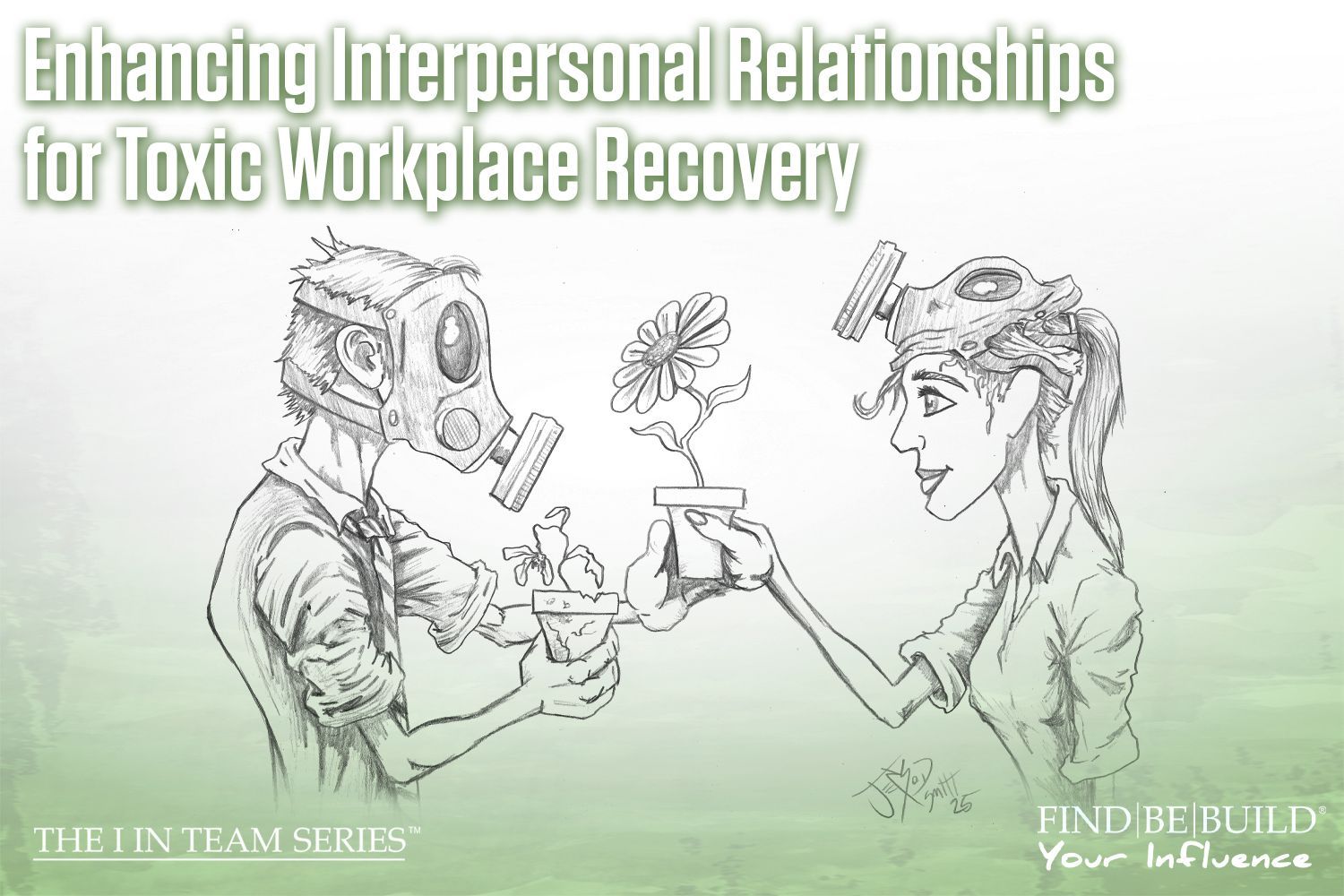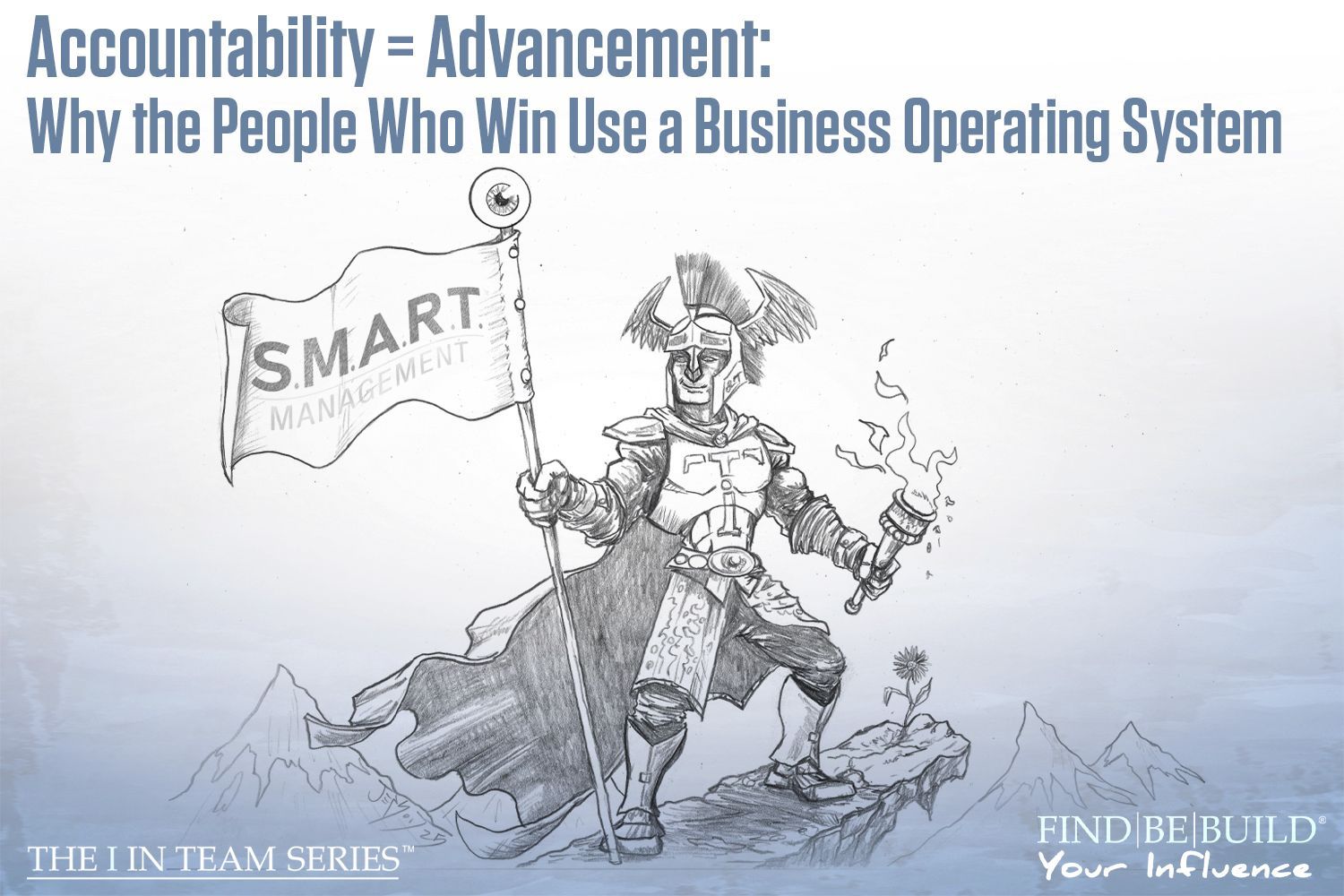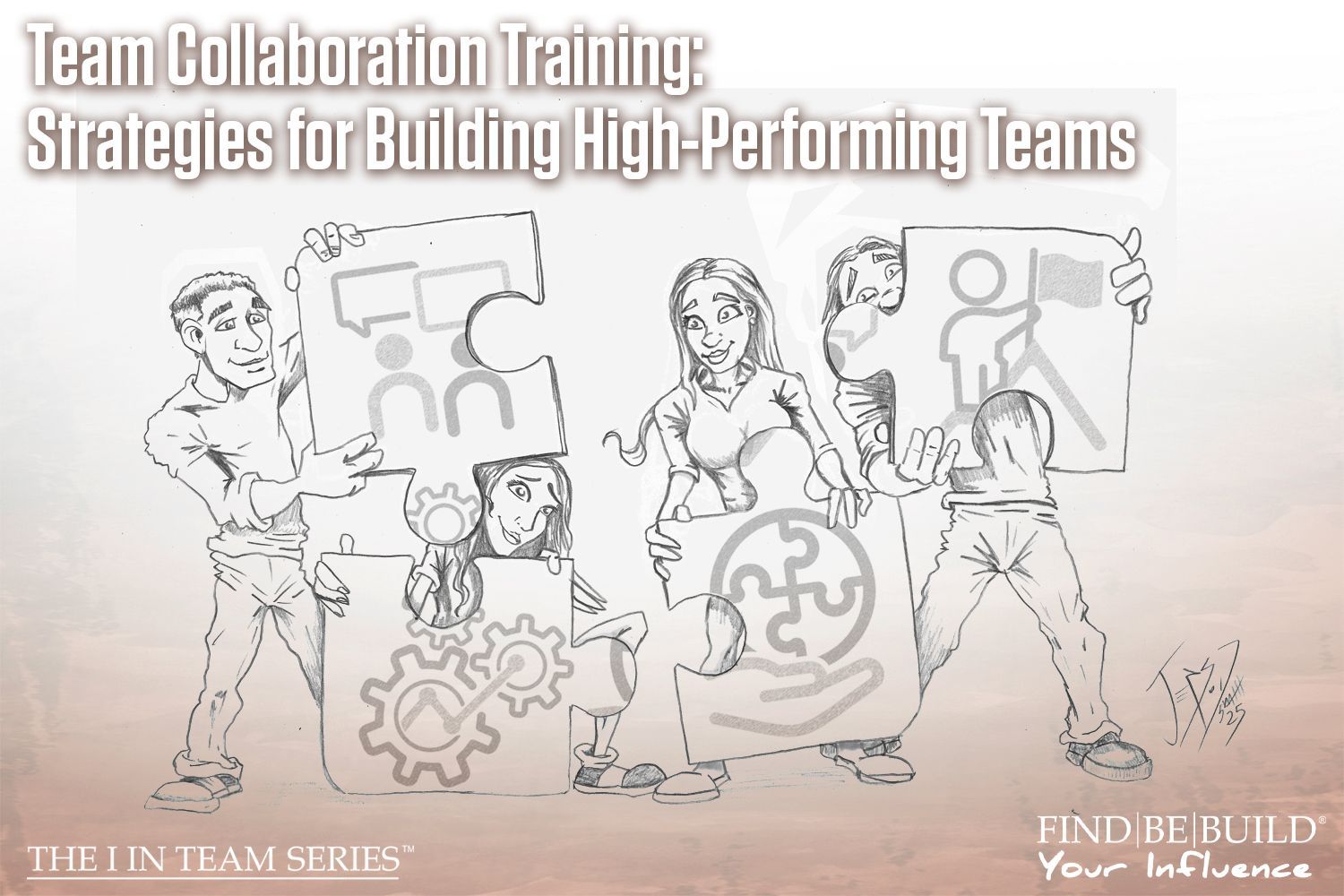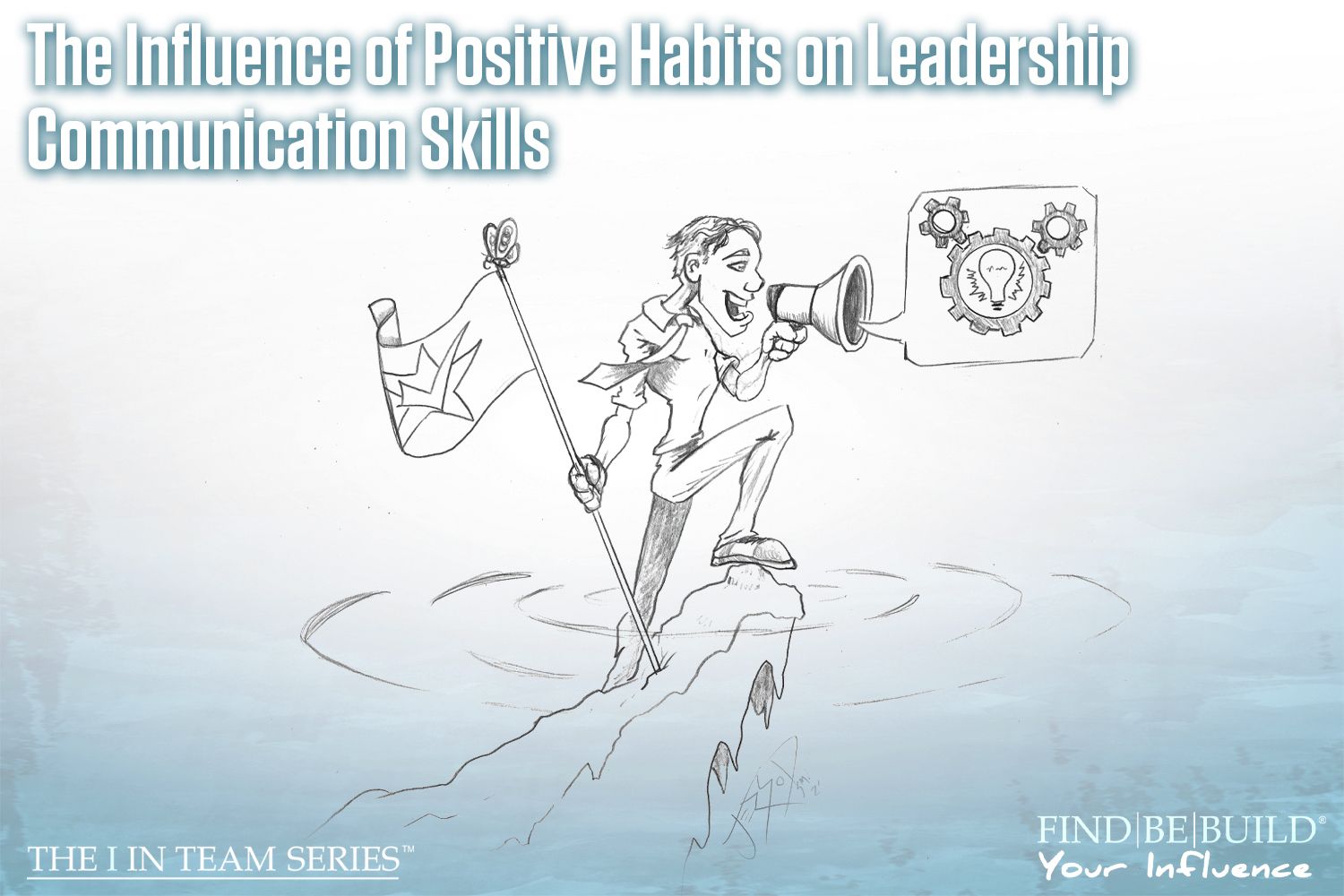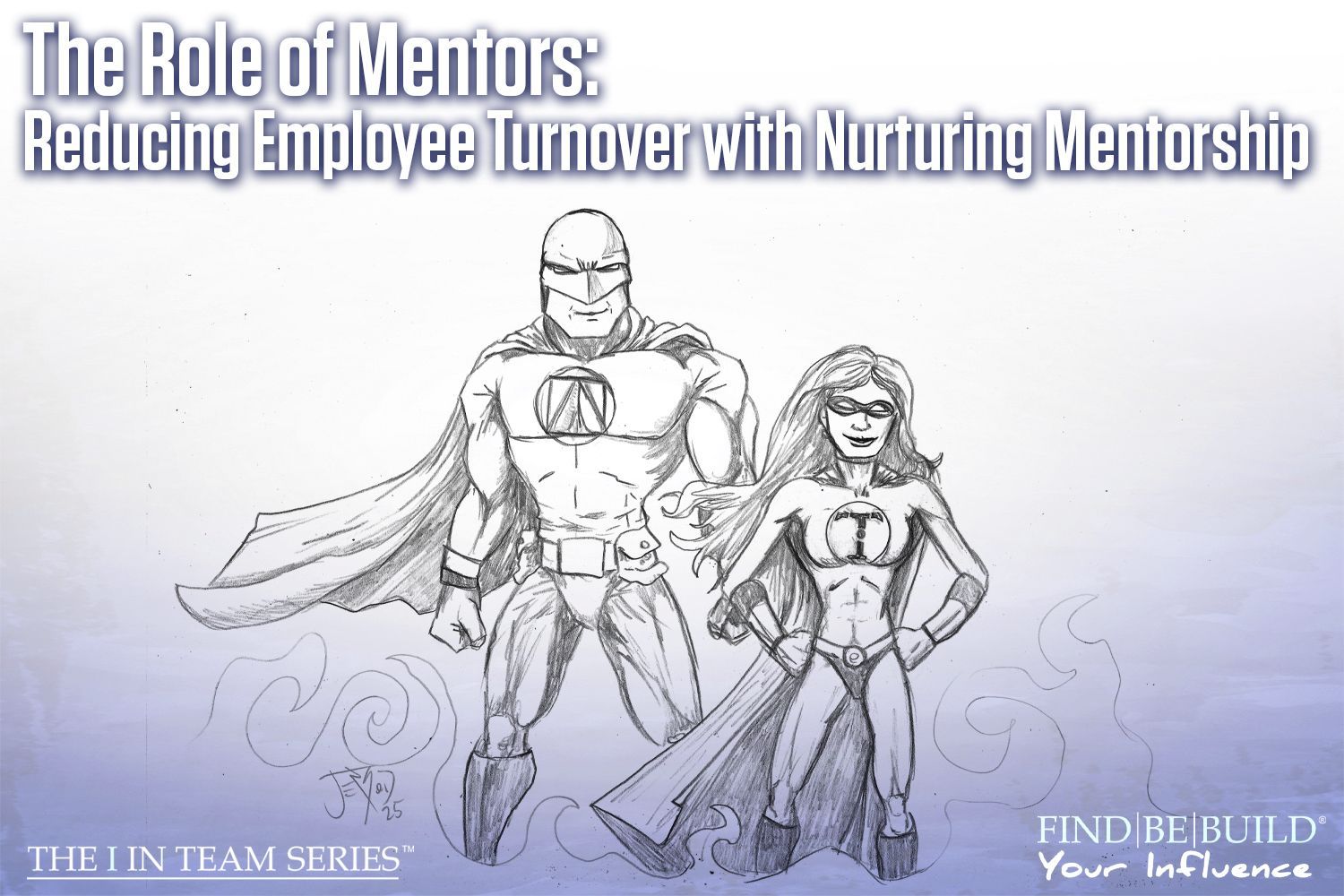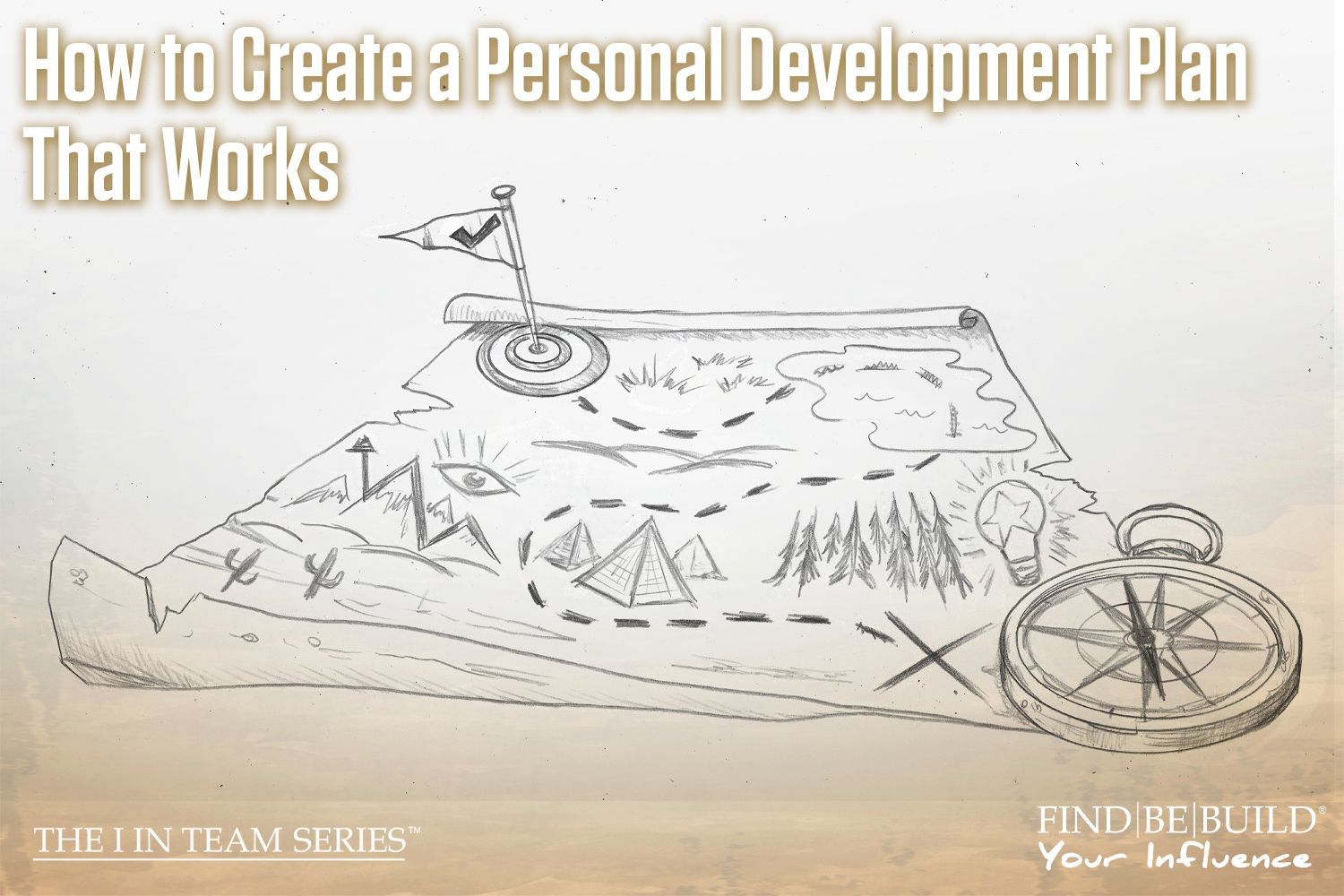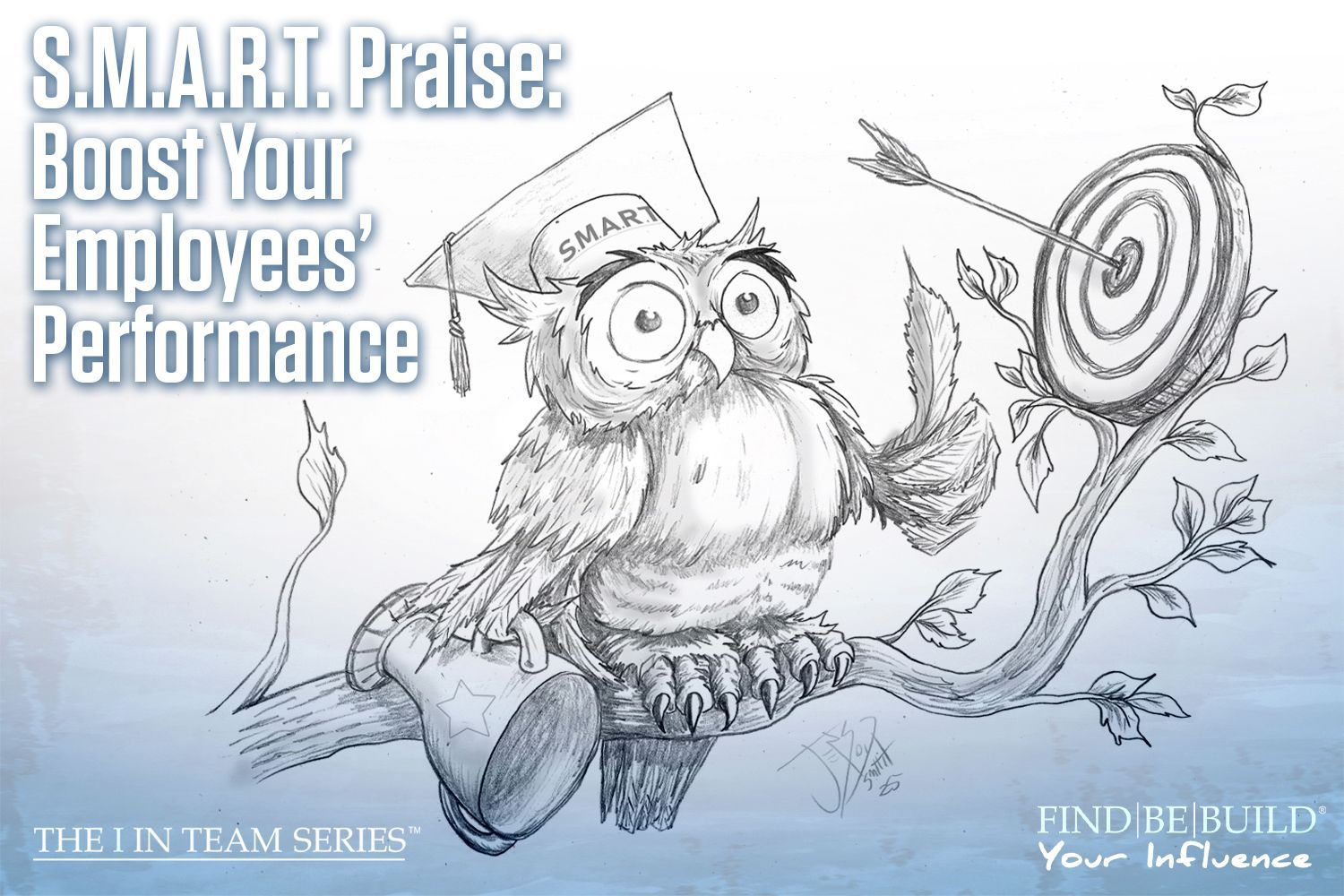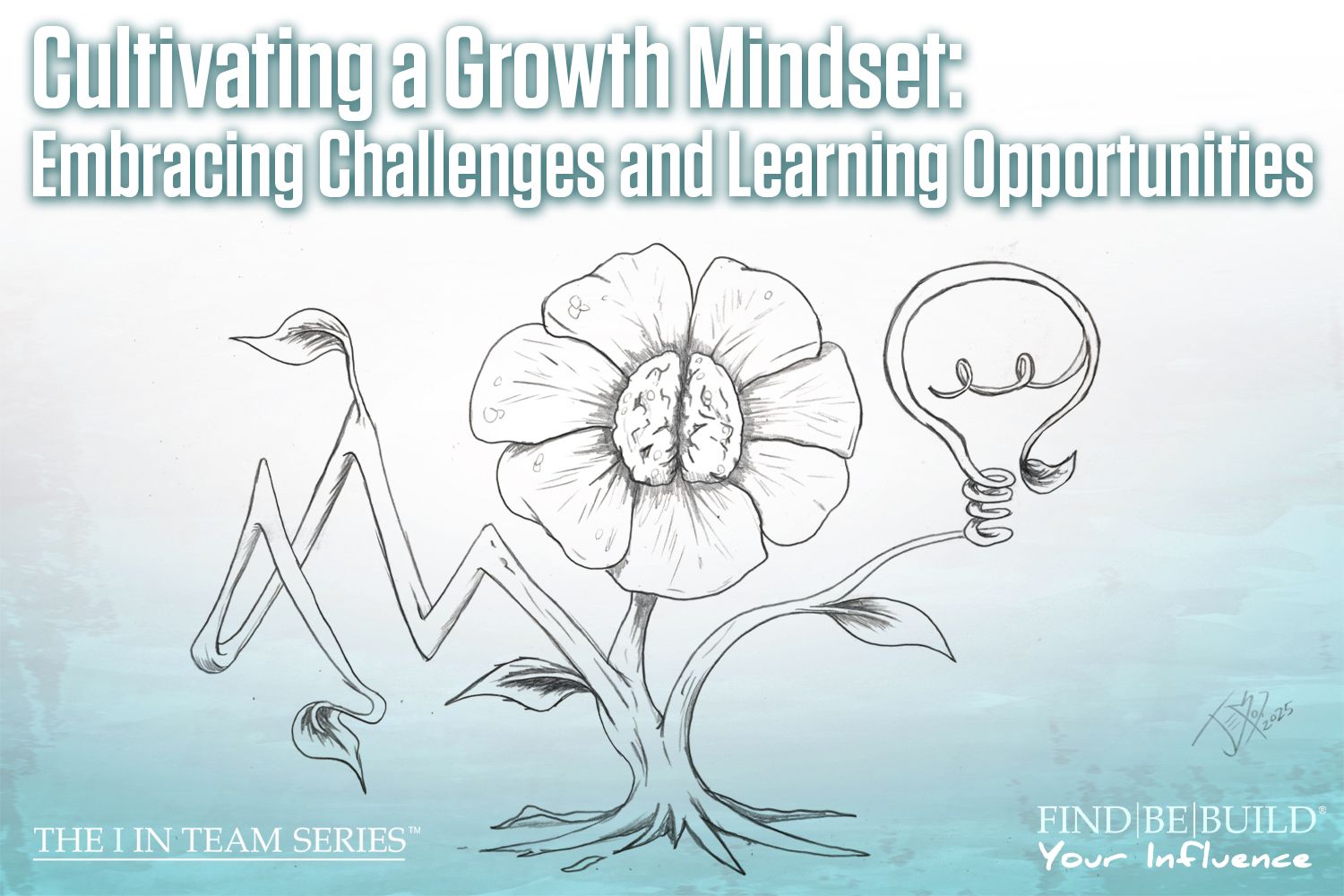Setting Boundaries at Work
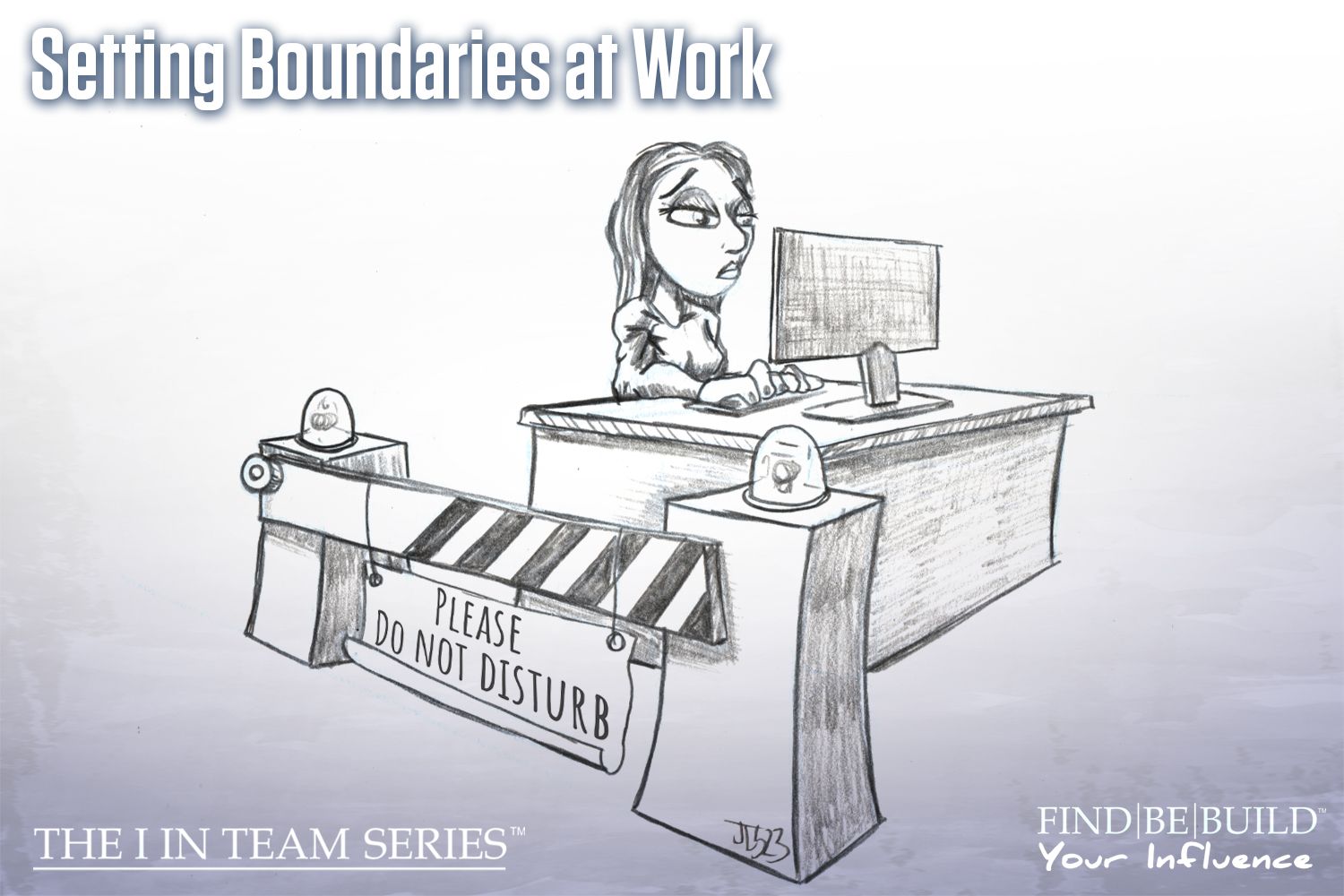
Setting boundaries in business consulting
Setting Boundaries at Work
Hi, team! It’s your friend, Mary, with the “I” in Team series where you can find, be, and build your positive influence. Setting boundaries, in any relationship, can be difficult for some, so if you struggle with setting boundaries at work, we can help! Setting good boundaries with team members is essential for maintaining a healthy work-life balance and protecting your wellbeing. The skills listed below may be applied across any relationship, but we put this list together with the workplace in mind.
Identify Your Priorities
Setting boundaries at work means understanding your priorities in both your personal and professional life. For example, someone who has children might have different priorities than someone who does not. You need to consider both what your life looks like currently, as well as what you might want it to look like in the future. In doing so, you must recognize your limits and determine how much time and energy you are willing to commit. Someone who has children might not be able to volunteer for extra projects or attend afterwork events often. Conversely, someone who doesn’t have children might appear to have more time on their hands. Everyone’s boundaries will look different, but it’s important to respect them all.
The goal of identifying your priorities is to set clear working hours and let your team know whether you are willing to give more time outside of your normal working hours. (We will discuss exceptions in a section below!) It’s important to avoid overextending yourself unless absolutely necessary. Doing so can impede your work-life balance and may have consequences. Consequences can fall anywhere on the spectrum and range from being too tired and snipping at team members to falling asleep behind the wheel. Know your limits and make an effort to communicate them effectively.
Communicate Clearly
Open communication is the pillar behind setting boundaries at work. It’s okay to say “no” when it’s necessary. Politely declining additional tasks or commitments that exceed your capacity is perfectly acceptable, however, you might consider whether there are any tips or alternatives you can suggest when declining. If and when it is necessary, consider delegating the work that you do not have time for. Just remember that when you delegate, you still remain responsible for the outcome. If you want to hand over complete responsibility, this must be communicated clearly.
By sharing responsibility with your team, you help yourself and others prevent burnout. When possible, say “yes” to help team members when you are able. By saying “yes” when you are available, you clarify the limits of your boundaries and make yourself a reliable person to go to when your team needs help. Be sure to not cross your boundaries when doing this. Sacrificing your wellbeing is almost never worth it.
Be Mindful of Your Wellbeing
It’s important to avoid feeling guilty when you are setting boundaries at work. Boundaries are there to protect your wellbeing and maintain long-term performance and happiness. Without boundaries, you could experience burnout; then, you aren’t operating at peak performance which is what helps your team the most. If you feel stressed about saying no or setting these boundaries, consider taking a moment for a walk, deep breath, or make yourself a cup of tea.
Three things you can do to stay mindful of your wellbeing while keeping your boundaries are taking regular breaks, even if they are short, being mindful of how you use technology, and protecting your personal time. Taking breaks will help you recharge and keep you operating at your best all day. Not taking effective breaks can lead to burnout. When taking breaks, don’t bring technology with you. Take a full break from all things (technology included). Consider limiting how often you check your work emails or messages when you are not at work. Outside of emergency situations, try to avoid checking work emails or taking work calls during your personal time. By making a conscious effort to protect your personal time while outside of work, you begin setting boundaries that can help you bring your best to your team when you’re on the clock.
Lookout for Exceptions
We would like to note first that maintaining consistency with your boundaries is of the utmost importance. However, there are exceptions to every rule, and you will need to exercise thoughtfulness when debating whether a situation requires you to cross your established boundaries. Maintaining consistency helps your colleagues understand that you are serious about your boundaries, but being able to acknowledge exceptions shows others that you are also a team player. This is going to look different for everyone, so you will need to decide what is right for you at the moment.
Bottom Line
You will need to regularly review your boundaries and adjust them as needed, considering changes in your personal or professional life. Evolution of boundaries is only natural, and when you recognize a shift occurring in terms of a specific boundary, you might need to affirm yourself by saying, “I know this boundary was different in the past, but this is what I need today and going forward.” By communicating honestly, you help lead by example and demonstrate to your team that it is possible to set and follow healthy boundaries. This is an ongoing process and exceptions may challenge you but remember to keep your wellbeing as your top priority.
